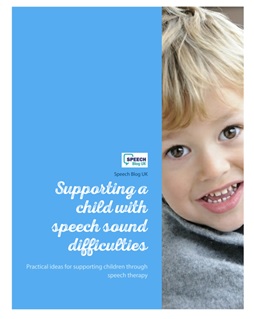Attention and listening skills are incredibly important as they underpin all learning. If you aren’t listening, you won’t hear all the words and you may not get the whole message. If you aren’t paying attention it also makes learning very hard. We have written about how speech therapists talk about attention and listening skills in reports before – you can read that post here.
Attention and listening skills really are the foundation for all language development. We may see a child with speech that is very hard to understand or a child who isn’t talking yet, but if they can’t sit and listen, they are unlikely to be ready to start working on their speech and language yet. There are a number of things you can do to help this though.
- Are you listening!
Before you ask that question or tell them to do something, make sure you have your child’s attention first. For some children this may just mean saying their name first and waiting for them to look at you. For others it may mean getting down to their level, maybe touching their shoulder or hand and saying their name. Don’t expect younger children to be listening to you when they are busy playing! It’s useful to encourage your child to look at you as a way to show that they are listening.
- It’s my turn.
Simple turn taking games encourage children to wait for their turn. Initially it maybe a simple game of rolling a ball to each other or taking it in turns to put clothes in the washing machine! Then this can be extended to children’s games like pop-up pirate etc.
- Ready…..Steady….Go!
There are many fun games that you can play, where before the child can have their turn or complete the action, they have to wait for you to say go. In this way you are controlling how long the child has to wait. For a child with a short attention span, this may be a game of blowing bubbles or running or throwing a ball etc. Before the action can be completed, they have to wait for the word go. Now, you may need to start with a very short gap and just wait for eye contact and then say go straight away. However you aim to extend out the gap each time to make it longer. Then you can move on to ready…. steady ….go. Again making the pauses longer each time.
When they can listen and wait for you to say ready… steady….. go, you can add another element to the game. You can have 2 different instructions or toys after saying go. For example if you are using a ball you could have ready, steady, roll vs. ready, steady, bounce. I sometimes use a stack of small boxes vs. a few children’s stacking cups. Then you can count each item as you stack it, then say “ready steady…… boxes” and the child can knock down the boxes. This way they really have to listen to the instruction to get it correct.
- Nursery rhymes and songs.
Singing is normally fun for younger children and an easy way to catch their attention. By repeating simple songs your child will learn the words and hopefully have fun joining in. You can try to leave words out for them to fill in.
- Music.
If music is something your child likes, you can have fun listening for the music to start and stop, like a game of musical bumps. Explain that you are going to play a listening game, when the music is playing you can jump and dance, but when it stops you have to sit down.
You can also play a simple discrimination game. Pick two things that make quite different sounds like banging a drum or saucepan vs. a shaker. Get your child to shut their eyes (no peeking!) and make one of the sounds. Then your child can open their eyes and guess what made the noise.
If music isn’t something your child likes, you could try games like ‘Simon Says’. If your child is younger remember to keep the instructions short e.g. where’s your nose, jump up and down etc.
- Give clear expectations.
Particularly for older children, it can really help if you say exactly how long/ how many questions they have to do and what reward/ what they can do afterwards. For example “If you write me 3 more sentences, then you can go and play in the garden”. This can work really well in school for children who constantly ask what they should be doing or those who struggle to get going with a task. For more tips for older children, you can read our review of Maggie Johnson’s book here.
Photo credit: Adam Broke www.sxc.hu







Leave a Reply